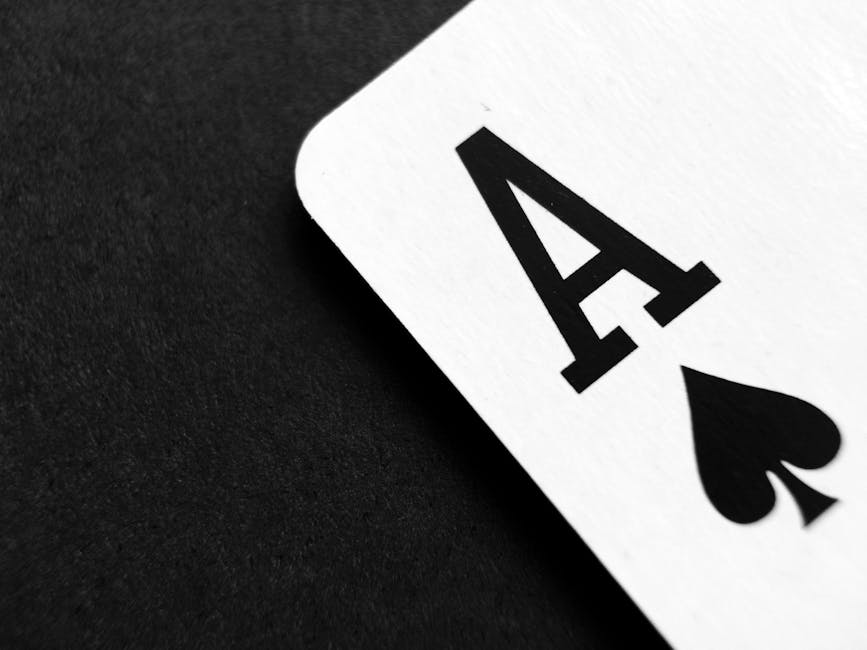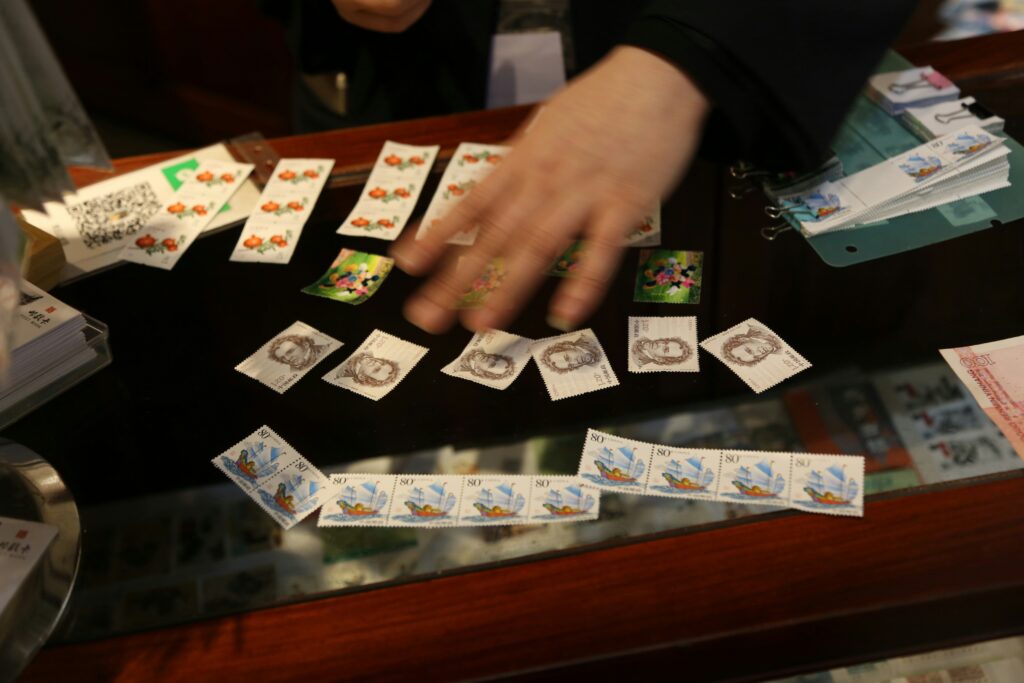Introduction: What Makes a Comeback Legendary?
A true gambling comeback isn’t just about someone hitting a hot streak or stumbling into a jackpot. It’s about clawing back from a low point—sometimes dead broke—with precision, grit, and a plan. These stories aren’t flukes. They’re blueprints built on timing, control, and a refusal to fold when the odds seemed insurmountable.
That’s why comeback tales hit hard beyond the table. They’re about more than chips, cards, or dice—they echo what we all face: setbacks, pressure, and moments where walking away looks easier than staying in the game. These gamblers stayed. More importantly, they adapted. Resilience, strategy, and a sharp mindset turned the tables.
Whether it’s mastering the math, reading the room, or playing by their own rules, each legendary run shows the power of calculated risk over blind luck. These are the kind of stories that stick—not because someone cashed out big, but because they came back when most would’ve been done.
Case Study 1: Archie Karas — The $50 into $40 Million Run
In gambling history, few names hit as hard as Archie Karas. His streak in the early 1990s is the kind of thing you’d expect to hear in a bar, not a fact-checked bio. He walked into Las Vegas with $50 and ran it up to over $40 million in a little more than two years. The climb started at the poker tables—first with $10,000 borrowed from a friend, promptly doubled. He steamrolled high-stakes poker legends one by one. When poker dried up, he turned to pool and dice. He kept winning. Dice, in particular, became his playground.
But the fall came quick. As fast as he won, he started bleeding. He lost $11 million at baccarat, then more at craps. The tide turned. No edge, no adjustment, just relentless play in games where the math finally caught up. Within weeks, most of the fortune was gone.
What Karas got right was the beginning. Discipline. When he stepped into poker, he respected the game. He played calculated, aggressive, controlled. Even his risk-taking had logic—he played games he excelled at, against players he could outread. He delayed the ego, for a while. That’s rare.
But staying on top is harder than getting there. The lesson? Managing heat matters. Once the cameras roll, once the pit bosses know your name, everything changes. Temptation escalates. Karas didn’t pace himself. He didn’t switch gears. He thought the heater would never cool off. It did.
Winners ground themselves in the win. Karas let the win carry him. It worked—until it didn’t.
Case Study 2: Don Johnson — Beating the Casino at Their Own Game
Don Johnson wasn’t your typical high roller with a lucky streak. He was a strategist who bent the rules without breaking them—and beat Atlantic City casinos out of $15 million in the process. His key move? Negotiating the fine print.
At the time, casinos were struggling to attract big spenders after the 2008 financial crisis. Johnson saw his chance. He negotiated blackjack rules that turned the margins in his favor: dealers had to stand on soft 17, players could re-split aces, and he got a 20% loss rebate on sessions over a certain size. One misstep, and they owed him millions. They took the risk, and he showed up prepared.
But rules alone didn’t win the day. Johnson backed up the negotiations with sharp math and discipline. He didn’t count cards. He didn’t chase losses. He stuck to a system that leveraged every small edge and played long enough for the probabilities to swing in his favor.
The takeaway? Know the rules of the game better than the people running it. Read the fine print. Look for cracks in the structure—and approach the table like a business, not entertainment. His story is proof that with the right edge and enough patience, you don’t have to cheat to win big.
Case Study 3: Gonzalo García-Pelayo — Hacking the Roulette Wheel
Gonzalo García-Pelayo didn’t gamble with luck. He used physics. In the 1990s, he spent months recording thousands of roulette spins at casinos around Spain. What he found was simple, but game-changing: tiny mechanical flaws in the roulette wheel led to certain numbers landing more often than randomness should allow. It wasn’t magic. It was math and meticulous observation.
Armed with the data, García-Pelayo and his family placed calculated bets on the biased numbers. Over time, the edge was just enough to tilt the odds in their favor. He wasn’t chasing big wins in one roll—he was grinding a statistical advantage over hundreds of spins. The results? Hundreds of thousands in winnings. And for a while, the casinos had no clue how he was doing it.
Eventually, security caught on—but not fast enough. The system was legal, the strategy was bulletproof. Once word spread, other casinos around the world banned him. Too late. He’d already proved one thing: the house edge isn’t untouchable, if you’re willing to out-think it.
The lesson here is blunt. Innovation outperforms instinct. Skill beats superstition. Where most gamblers bet with gut feeling, García-Pelayo used data, patterns, and patience. If you want to win, pack your brain first.
The Psychology Behind Comebacks
Most gamblers tilt because they take it personally. A losing streak feels like punishment. A close call feels like theft. That emotional weight piles up fast, and once you’re chasing losses instead of making decisions, you’re done. Winners—real comeback artists—don’t play that game.
They treat the table like it owes them nothing. Each decision is just the next move, not a revenge mission. That detachment is what keeps them in control when the ride gets rough and the odds tighten.
Staying in the zone means eliminating drama. Mental fatigue, ego, impulse—these all cloud judgment. The best comeback stories involve players who stayed sharp when things were falling apart. They waited for their moment. They didn’t bet big just because they felt like they had to. Timing matters. So does experience. These aren’t just words—they’re survival tools.
Risk control isn’t about avoiding danger. It’s knowing how much pain you can afford—and when it’s time to pull back. Winners factor that in long before the chips go down. They have a plan. Everyone else has excuses.
Common Threads Among the Greats
Look closely at any legendary gambling comeback and you’ll start to notice a pattern—it’s not instant, and it’s never easy. The big wins almost always come after either brutal losing streaks or quiet, obsessive study. Archie Karas didn’t just walk into $40 million. Before that run, he was mostly broke and watching, learning. Gonzalo García-Pelayo didn’t spin into luck—he logged hours analyzing roulette data. These weren’t gamblers chasing a thrill. They were students of the game.
That’s the unglamorous truth: discipline crushes thrill-seeking every time. The legends know when to walk away, when to bet heavy, and why. It’s calculated aggression, not chaos. Being measured might not make for flashy montages, but it wins over time.
Another piece? Opportunity isn’t meant to be chased like a dog after a car. It’s meant to be recognized and leveraged. These comebacks happened because someone was ready when the opening appeared. The prep work—the math, the psychology, the late nights—turned possible into probable.
Luck plays a role. But the greats bet on preparation.
What You Can Take Away
Legendary gambling comebacks aren’t just entertaining—they offer real, actionable lessons for everyday players. Let’s break down how the core principles behind massive wins apply to your experience at the tables or in front of the screen.
Principles You Can Actually Use
These strategies can improve your chances, increase your discipline, and bring more consistency to your sessions:
- Stick to a Plan: The biggest comebacks all involved strategy, not spur-of-the-moment moves.
- Play Within Limits: Know how much you’re willing to risk per session—and stop when it’s gone.
- Know the Game’s Structure: The players who turn things around always understand the game’s rules, odds, and flow better than everyone else.
Smart Bankroll Management Tips
Keeping control of your funds isn’t optional—it’s survival:
- Set Limits Before You Start: Daily, weekly, and overall budgets prevent impulse losses.
- Divide Your Bankroll: Allocate a portion to each session so one bad run doesn’t wipe you out.
- Track Wins and Losses: Know where your money is going. Gambling without a log is gambling blind.
Learn the Numbers to Shift the Odds
No matter the game, math matters:
- Understand Probabilities: Games like blackjack, poker, and even slots have predictable patterns or odds. Study them.
- Don’t Guess—Calculate: Use basic math and betting systems where possible to make more informed moves.
- Avoid the Gambler’s Fallacy: Just because a number hasn’t hit doesn’t mean it’s ‘due.’ Stay logical.
Why Walking Away Can Be a Power Move
One of the most overlooked skills in gambling? Quitting.
- Quitting While Ahead Locks in Wins: Many comeback stories end with someone walking away on their terms.
- Avoid Chasing Losses: Chasing is emotional, not strategic. It’s a trap.
- Know When You’re Tired or Tilted: Great gamblers know their mental limits. Rest and recovery matter.
The Bottom Line
Big comeback stories inspire—but they also teach. You don’t need a multimillion-dollar streak to benefit from the habits of disciplined, smart gamblers. Apply the principles consistently, and your chances of keeping a clear head (and heavier wallet) increase dramatically.
Bonus Resource
Hungry for more stories that cut deeper than the average lucky roll? The Gamble Hub Zone doesn’t just recap big wins—it dissects them. Whether you’re into strategic blackjack takedowns, loophole-hunting roulette masters, or lone wolves turning the tables on billion-dollar casinos, this is where the real breakdowns live.
Beyond the case studies already discussed, the Zone offers expanded profiles, up-to-date strategies, and fresh insights into what separates calculated risk from all-out gamble. From bankroll rules to mindset habits, it’s a go-to resource for anyone who’s serious about leveling up—without relying on miracles.
Explore more comeback blueprints and tactical edge-play details at Gamble Hub Zone.
Final Word
Luck might kick open the door, but it doesn’t carry you through it. The big comeback stories—the ones that leave a mark—are built on precision, control, and clear thinking under pressure. These legends weren’t just lucky; they were ready when the opportunity showed up. They knew their edge and played to it, over and over.
It’s tempting to copy moves straight from their playbook. Don’t. Use them as fuel, not a formula. Your edge may come from a different place: maybe it’s your calm, your patience, your willingness to fold when everyone else leans in. Great comebacks don’t follow scripts. They’re written in real time, by people who kept learning while the odds were against them.
In short: study what worked. Be honest about your strengths. Then make your own run.


